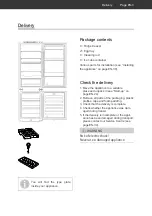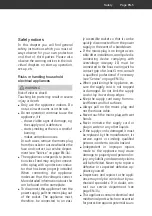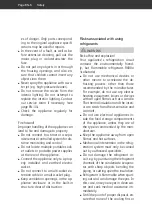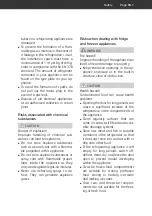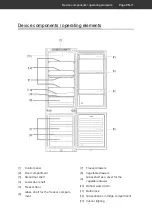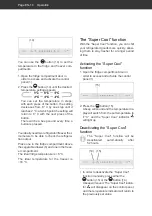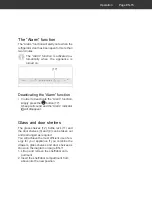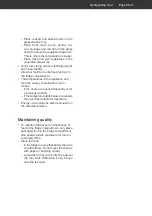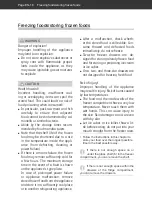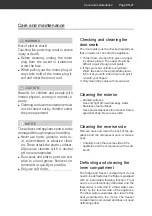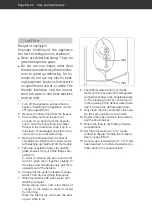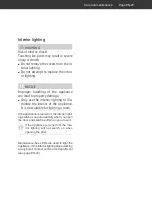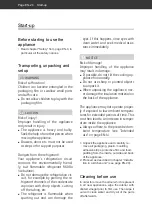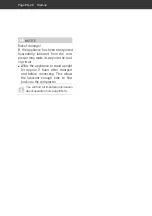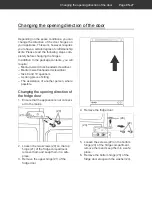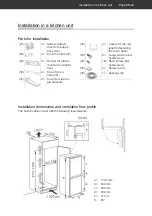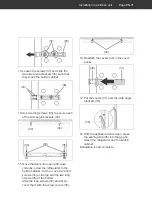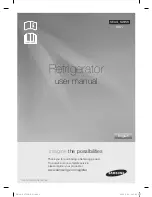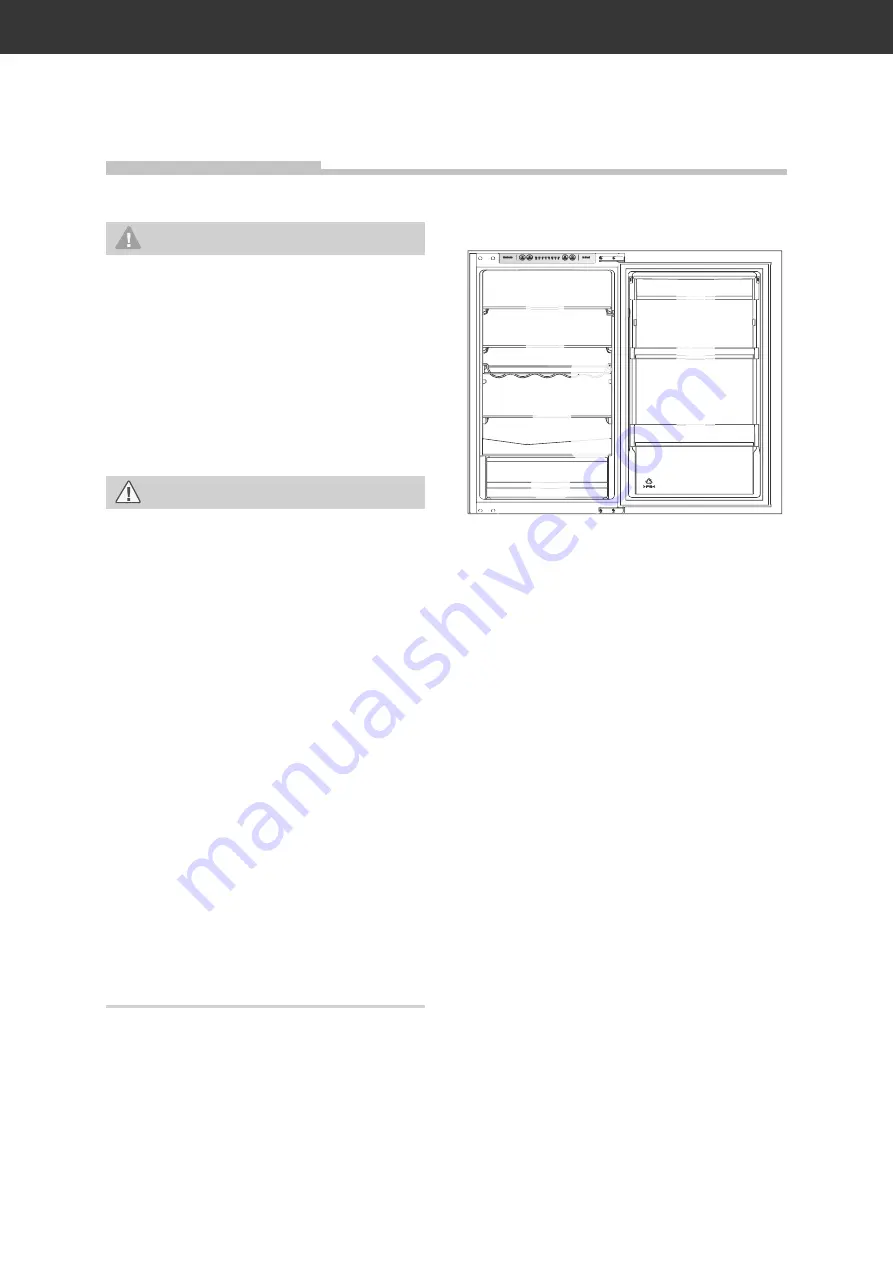
WARNING
Danger of explosion!
Improper handling of the appliance
can lead to explosions.
■
Do not store explosive substances or
spray cans with fl ammable propel-
lants inside the appliance, as they
may cause ignitable gas-air mixtures
to explode.
CAUTION
Health hazard!
Contaminated food can cause health
problems.
■
If the door to the refrigerator is left
open for an extended period of time,
the temperature inside the appli-
ance’s drawers can rise signifi cantly.
■
Clean the surfaces that can come in-
to contact with food and all accessi-
ble parts of the outlet system on a
regular basis.
■
When storing raw meat or fi sh in the
refrigerator, put them in suitable con-
tainers to prevent them from coming
into contact with or dripping onto
other food.
■
If the refrigerator/freezer is empty for
an extended period of time, switch
off the appliance, let it thaw, clean it,
and leave the door open to prevent
mould from growing.
Filling the fridge compartment
(12)
(12)
(12)
(12)
(12)
(12)
(12)
(12)
(12)
(12)
(9)
(9)
(11)
(11)
(11)
(( 1)
1)
(11
(8)
(8)
(8)
(2)
(22)
2)
(22
(3)
(33)
(3)
3)
(3
(4)
(44)
(44)
• Combine the drawers, glass shelves and
door shelves as shown in the diagram on
page EN-16 to achieve the most efficient
use of energy for your appliance.
• A temperature setting that is too high or
too low can reduce the shelf life of your
food. This leads to greater food waste.
• Set the temperature in the fridge to +6 °C
and fill the fridge compartment in such a
way that the temperature conditions in-
side are optimally utilised, guaranteeing
optimal food storage.
• The following tips show you how you can
store foods in your appliance to keep
them in the best possible condition over
the longest possible period. This will
mean that you avoid food waste:
– Place spreadable butter and cheese in
the door compartment (2) located at the
top section of the fridge compartment.
This is where the temperature is warm-
est.
– Store preserves, jars and eggs on the
small door shelf (3). Eggs are best stored
on the supplied egg tray.
– Small bottles and tubes should be stored
in the lower door shelf (4).
– Place drinks cartons and bottles in the
small door shelf (3). Position full contain-
ers closer to the hinge in order to reduce
the strain on the door.
– Place securely closed bottles on the bot-
tle rack (11).
Refrigerating food
Refrigerating food
Page EN-16


